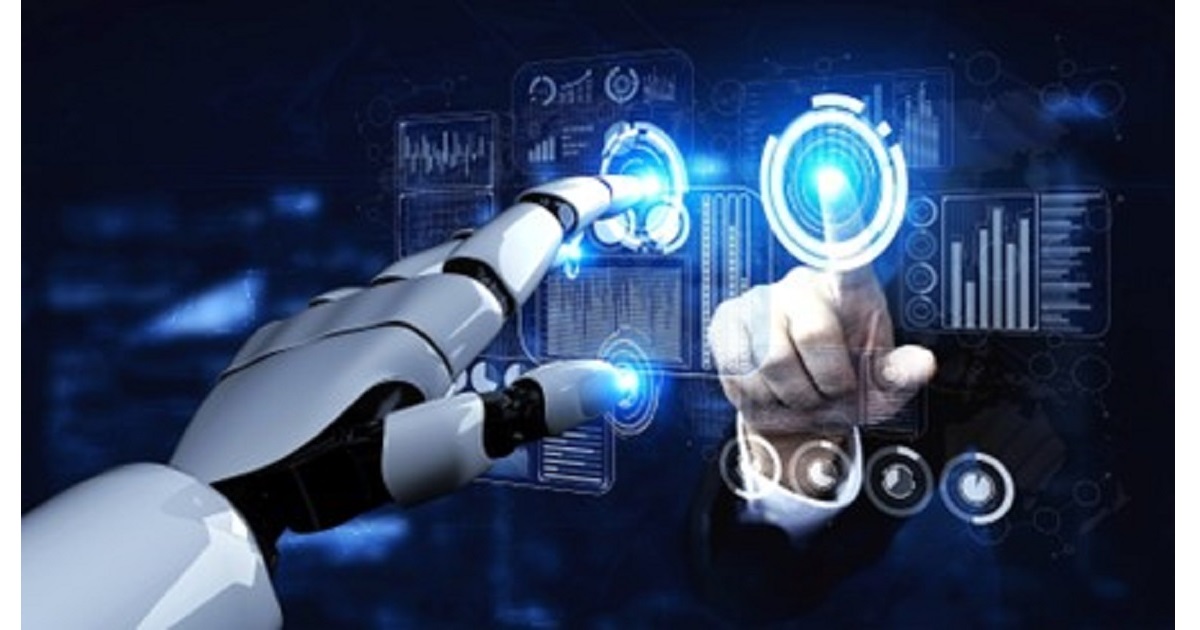Integrating AI into Mechatronics and Robotics: Innovations and Applications
A special issue of Applied Sciences (ISSN 2076-3417). This special issue belongs to the section "Computing and Artificial Intelligence".
Deadline for manuscript submissions: 20 February 2026 | Viewed by 11906

Special Issue Editors
Interests: mechanical engineering; path planning algorithms; additive manufacturing; sensing
Interests: machining processes control and optimization; additive manufacturing
Special Issues, Collections and Topics in MDPI journals
Interests: super abrasive machining; milling; manufacturing
Special Issues, Collections and Topics in MDPI journals
Special Issue Information
Dear Colleagues,
The integration of Artificial Intelligence (AI) into Mechatronics and Robotics is revolutionizing these fields by enabling innovative applications and significant advancements. This Special Issue will present cutting-edge research and experimental results in this rapidly evolving area, covering a broad range of topics from AI algorithms and intelligent control systems to practical applications in various industries.
Key areas of interest include, but are not limited to, the development and application of deep learning and machine learning algorithms for improving robot control and decision-making. Innovations in computer vision and pattern recognition are also crucial for enhancing the perception and interaction capabilities of robots in dynamic environments. The design and implementation of autonomous systems and collaborative robots (cobots) in industrial settings present unique challenges and opportunities, particularly for ensuring safety and efficiency in human–robot interactions.
Further topics include the optimization and intelligent control of mechatronic systems through the integration of smart sensors and AI-based feedback mechanisms. Case studies demonstrating the practical applications of AI in manufacturing, medical robotics, autonomous transportation, and logistics will provide valuable insights into the current state and potential of these technologies.
The development of tools and platforms for AI in robotics, including simulation environments and standardization efforts, is essential for fostering innovation and ensuring the reliability of AI-driven systems. Additionally, research on predictive maintenance and fault detection using AI in mechatronic systems highlights the importance of integrating advanced data analytics into traditional engineering disciplines.
This Special Issue will gather contributions from researchers offering comprehensive overviews of the latest innovations and applications related to integrating AI into Mechatronics and Robotics, paving the way for future advancements in these transformative technologies.
This Special Issue will publish high-quality, original research papers in the following overlapping fields:
- Innovations in Artificial Intelligence Applied to Robotics
- Deep learning algorithms for improving robot control;
- Advanced computer vision systems for robot navigation and manipulation;
- Artificial intelligence for autonomous decision-making in robots.
- Autonomous Systems and Collaborative Robots
- Design and development of collaborative robots (cobots) in industrial settings;
- Implementation of AI for cooperation between robots and humans;
- Safety and efficiency in human–robot interaction through AI.
- Optimization and Intelligent Control in Mechatronic Systems
- Intelligent controllers for mechatronic systems;
- Optimization algorithms for enhancing the performance of mechatronic systems;
- Integration of smart sensors and AI-based feedback systems.
- Practical Applications of AI in Mechatronics and Robotics
- Case studies of AI implementation in manufacturing industries;
- Use of AI in medical and rehabilitation robotics;
- AI in autonomous transportation systems and logistics.
- Development of Tools and Platforms for AI in Robotics
- Simulation platforms and testing environments for AI-based robotics;
- Development tools for implementing AI in mechatronic systems;
Standardization and best practices in AI software development for robotics
Prof. Dr. Gómez-Escudero Gaizka
Dr. Amaia Calleja-Ochoa
Dr. Haizea González-Barrio
Guest Editors
Manuscript Submission Information
Manuscripts should be submitted online at www.mdpi.com by registering and logging in to this website. Once you are registered, click here to go to the submission form. Manuscripts can be submitted until the deadline. All submissions that pass pre-check are peer-reviewed. Accepted papers will be published continuously in the journal (as soon as accepted) and will be listed together on the special issue website. Research articles, review articles as well as short communications are invited. For planned papers, a title and short abstract (about 250 words) can be sent to the Editorial Office for assessment.
Submitted manuscripts should not have been published previously, nor be under consideration for publication elsewhere (except conference proceedings papers). All manuscripts are thoroughly refereed through a single-blind peer-review process. A guide for authors and other relevant information for submission of manuscripts is available on the Instructions for Authors page. Applied Sciences is an international peer-reviewed open access semimonthly journal published by MDPI.
Please visit the Instructions for Authors page before submitting a manuscript. The Article Processing Charge (APC) for publication in this open access journal is 2400 CHF (Swiss Francs). Submitted papers should be well formatted and use good English. Authors may use MDPI's English editing service prior to publication or during author revisions.
Keywords
- collaborative robots
- autonomous systems
- reinforcement learning
- predictive maintenance
- smart sensors
- AI-based decision-making
- robotic vision systems
- AI and robotics integration
Benefits of Publishing in a Special Issue
- Ease of navigation: Grouping papers by topic helps scholars navigate broad scope journals more efficiently.
- Greater discoverability: Special Issues support the reach and impact of scientific research. Articles in Special Issues are more discoverable and cited more frequently.
- Expansion of research network: Special Issues facilitate connections among authors, fostering scientific collaborations.
- External promotion: Articles in Special Issues are often promoted through the journal's social media, increasing their visibility.
- Reprint: MDPI Books provides the opportunity to republish successful Special Issues in book format, both online and in print.
Further information on MDPI's Special Issue policies can be found here.







